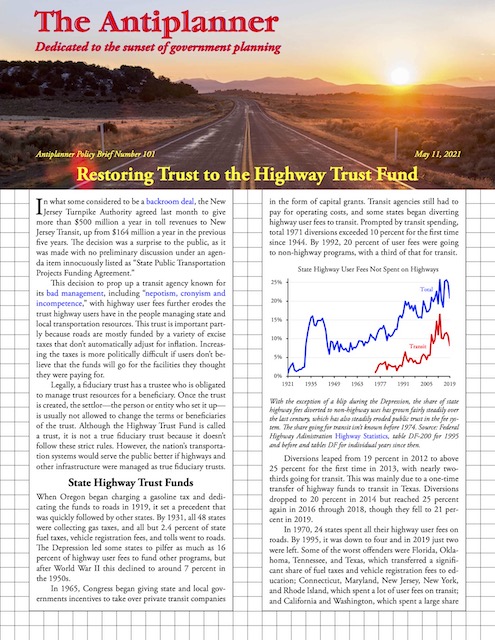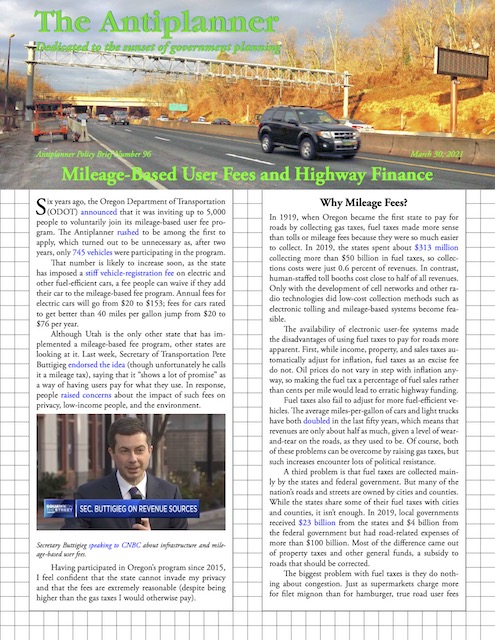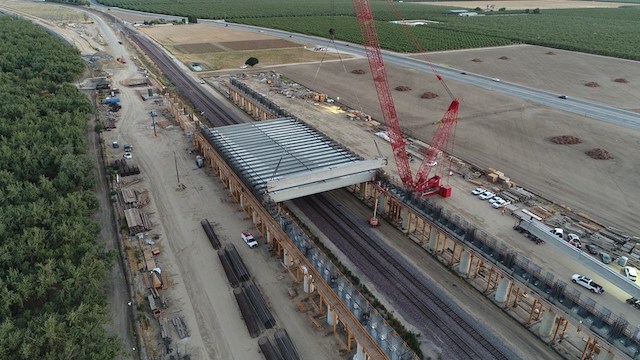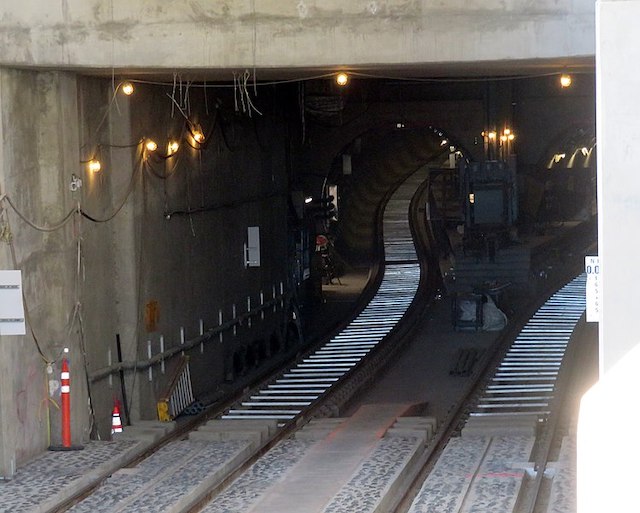If the definition of insanity is doing the same thing and expecting a different result, then San Diego’s latest regional plan is completely insane. The draft 2021 Regional Plan, which was released on May 28 by the San Diego Association of Governments (SANDAG), includes all of the latest planning fads: active transportation, complete streets, density, rail transit, density, transit-oriented development, microtransit, density, and vision zero. Did I mention density and rail transit?
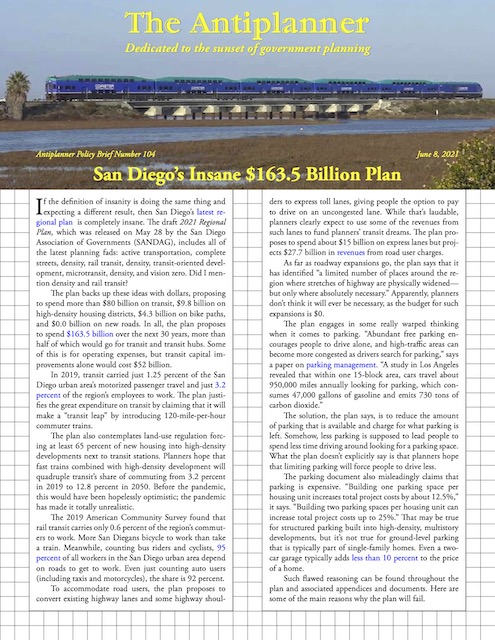 Click image to download a four-page PDF of this policy brief.
Click image to download a four-page PDF of this policy brief.
The plan backs up these ideas with dollars, proposing to spend more than $80 billion on transit, $9.8 billion on high-density housing districts, $4.3 billion on bike paths, and $0.0 billion on new roads. In all, the plan proposes to spend $163.5 billion over the next 30 years, more than half of which would go for transit and transit hubs. Some of this is for operating expenses, but transit capital improvements alone would cost $52 billion. Continue reading

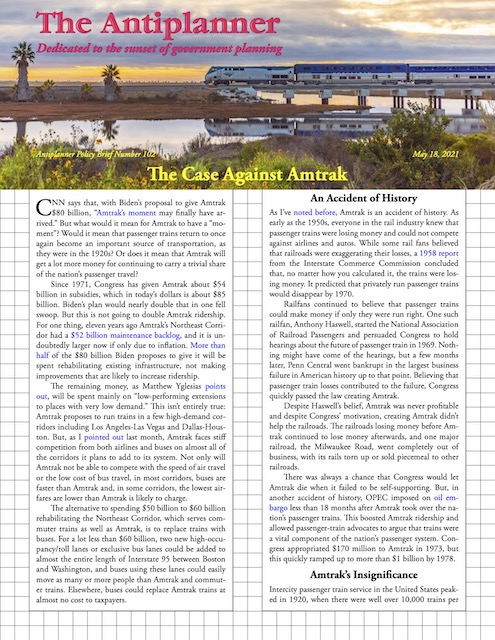
 Wheels that are too narrow will slip off tracks at joints like these, known as “frogs.”
Wheels that are too narrow will slip off tracks at joints like these, known as “frogs.” 